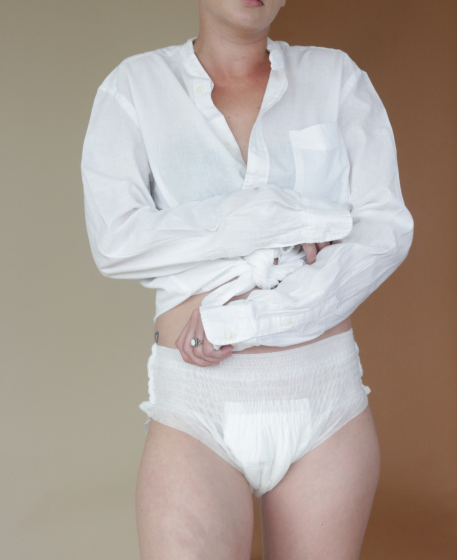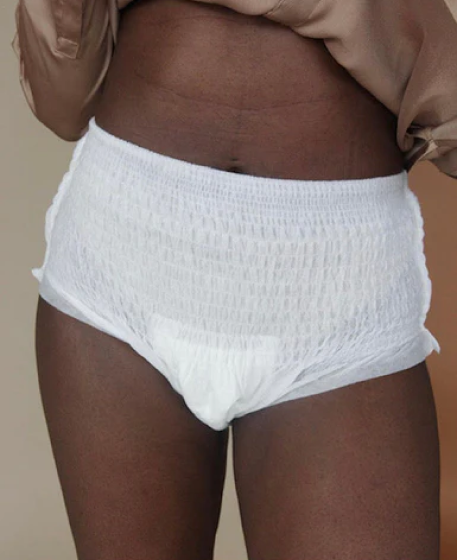Incontinence can be caused by a variety of factors, including surgery, injuries, pregnancy, and age. It's natural to want to reduce or relieve the symptoms of incontinence, regardless of the cause. Most types of urinary incontinence are caused in part by weak pelvic muscles. Both men and women can have weak pelvic muscles, though women are more likely to have them.
The majority of bladder incontinence exercises are known as Kegel exercises, and they are designed to strengthen your pelvic floor muscles. This type of exercise has two significant outcomes. First, it helps condition these muscles so that they can hold urine for longer periods of time. Second, because you are more aware of the muscles and how to use them, you have better conscious control over urination.
Exercises to Help Prevent Bladder Incontinence
Kegel exercises are one type of workout you can do anywhere, anytime. When you’re doing Kegel exercises properly, they are invisible to others. The most important thing to understand is that Kegel exercises only involve the pelvic muscles, not the stomach or chest muscles. You should feel like you’re clenching up and in, not pushing down and out like a bowel movement.
Finding Your Kegel Muscles
The first step to properly exercising your pelvic muscles is to feel them in your body.
Step 1: While sitting down or standing up, feel the sensation of urinating.
Step 2: Imagine the sensation of stopping your urine stream before your bladder is empty.
Step 3: Notice which muscles tense when you imagine this sensation. These are your pelvic muscles. The way they tensed in this exercise is the beginning of most Kegel exercises.
Note: don’t actually do this when urinating. Regularly stopping your urine before your bladder is empty can damage your bladder and even result in bladder infections. If this exercise isn’t helpful, you can also imagine the sensation of avoiding passing gas or squeezing a tampon if you have a vagina.
Sitting Fast-Twitch Exercise
You have two important kinds of muscle tissue, known as fast-twitch and slow-twitch muscles. You have both in every part of your body, including your pelvic muscles. Fast-twitch muscles react quickly, and can help you avoid stress incontinence such as a urine leak while laughing.
Step 1: While sitting in a chair, find your pelvic floor muscles.
Step 2: Clench these muscles like you’re attempting to squeeze something.
Step 3: Release almost immediately.
You can repeat this up to ten times per set, and three sets per day.
Sitting Slow-Twitch Exercise
Slow-twitch muscle tissue is important as well. Strong slow-twitch pelvic muscles support your lower organs and allow you more time between bathroom trips.
Step 1: Sitting in a chair, bring your attention to your pelvic floor muscles.
Step 2: Clench your pelvic floor muscles like you’re trying to avoid passing gas.
Step 3: Hold for up to ten seconds, then relax.
You can repeat this ten times per set, and complete three sets per day.
Horizontal Kegel Exercise
Practicing Kegel exercises while lying down may be more comfortable for you, and this position is equally good at improving your pelvic strength.
Step 1: Lie flat on your bed, a couch, or the floor. If it feels more comfortable, bend your knees so that your legs are at an angle. Place your hands on your stomach.
Step 2: Direct your attention to your pelvic muscles, then squeeze them. Your stomach muscles should not noticeably change under your hands.
Step 3: Hold the pelvic muscle squeeze for up to ten seconds, then release.
You can repeat this ten times per set, and try three sets per day.
Standing Kegel Exercise
If you notice incontinence or pelvic discomfort while standing, you can also practice Kegels while standing up.
Step 1: Stand upright and pay attention to your pelvic muscles.
Step 2: Squeeze your pelvic muscles up and in. You may notice some tension in your thighs or buttocks, but there should not be additional tension in your stomach.
Step 3: Hold the pelvic muscle squeeze for up to ten seconds, then relax.
You can repeat this ten times per set, and try three sets per day.
Safety Considerations
While Kegel muscle training is beneficial for reducing incontinence, you should not clench them at all times. Certain types of incontinence may be associated with overly tight pelvic floors, because the muscles cannot contract further during stressful events such as coughing fits. If you believe your pelvic floor is overly tight, consult your doctor.
Kegel exercises should never cause discomfort. If completing a Kegel exercise causes pain, stop immediately. If the pain persists, consult your doctor to determine the source.
If you are unsure whether you are performing Kegel exercises correctly, consult your doctor. Your provider can verify that you are performing them correctly. A physical therapist may be referred to you.
If you leak a lot of urine, you may need to use adult diapers. You can buy either disposable or plant-based adult diapers. Disposable diapers should fit snugly. They usually come in small, medium, large, and extra-large sizes.
Odinnma provides plant-based products for adult incontinence designed for protection in comfort and confidence to address bowel and bladder leaks. To make your experience easier, we offer amazing deals and discounts on them.



